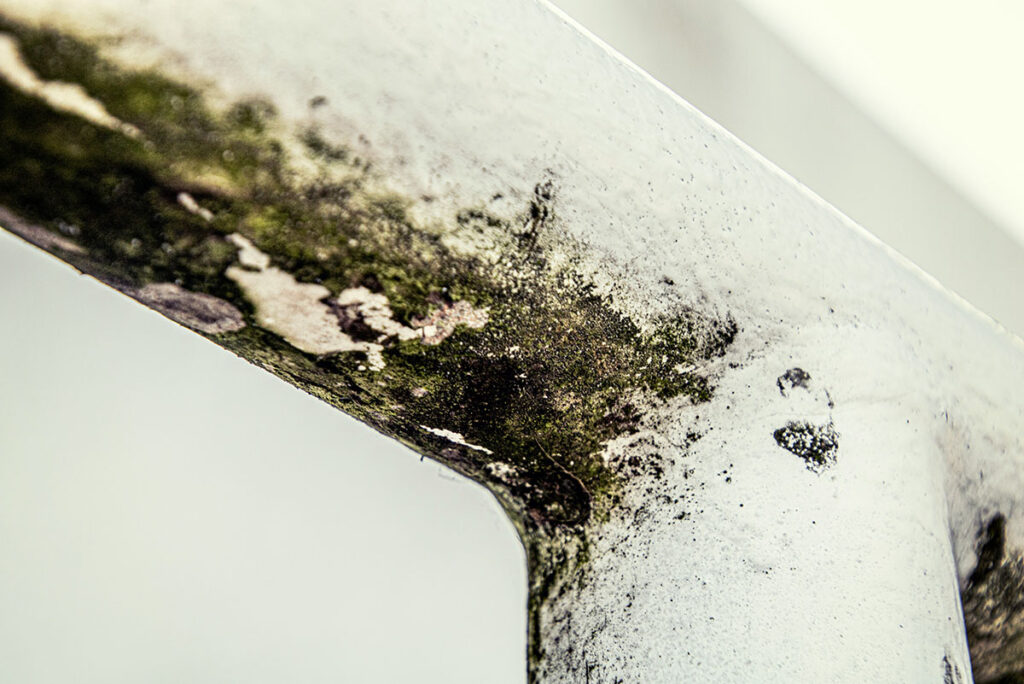ASTM D7658 Indoor Bioaerosol Sampling Testing
The ASTM D7658 standard provides a method for sampling and analyzing bioaerosols within indoor environments. This service is crucial in ensuring the safety of occupants by identifying potential health risks associated with airborne microorganisms. The process involves collecting samples using specialized equipment designed to capture viable particles that can be further analyzed under controlled laboratory conditions.
The testing procedure typically starts with the selection of appropriate sampling devices based on the specific environment and objectives of the study. Commonly used devices include impingers, Andersen settle plates, or cassette samplers, depending upon the type of bioaerosol being targeted (e.g., mold spores vs bacteria). Once collected, these samples undergo rigorous processing steps in our accredited laboratories to ensure accurate results.
After collection and preliminary examination at our facility, we employ advanced analytical techniques such as quantitative PCR or flow cytometry to quantify the presence of specific pathogens or allergens. This allows us to provide detailed reports tailored specifically towards understanding what was found during sampling along with recommendations for improving air quality if necessary.
In addition to these core procedures outlined in ASTM D7658, we also offer additional services such as bioaerosol clearance testing post remediation efforts or before reoccupancy following construction activities. Our team works closely with clients throughout every phase of the project ensuring all aspects are addressed comprehensively from initial consultation through final report delivery.
By adhering strictly to ASTM D7658 guidelines, we guarantee reliable data that meets regulatory requirements while providing valuable insights into indoor air quality issues faced by businesses and organizations alike. Properly conducted bioaerosol sampling helps maintain compliance with relevant environmental health standards set forth by governing bodies like OSHA or EPA.
Applied Standards
| Standard Code | Title | Description |
|---|---|---|
| ASTM D7658-14 | Standard Practice for Sampling and Analyzing Bioaerosols from Indoor Environments by Membrane Filtration | This standard specifies procedures for collecting, transporting, and analyzing bioaerosol samples using membrane filtration methods. |
| American Conference of Governmental Industrial Hygienists (ACGIH) | Threshold Limit Values - Biological Exposure Indices | Presents recommended exposure limits for various substances including certain types of mold spores and bacteria often encountered in bioaerosol studies conducted under ASTM D7658. |
Industry Applications
- Office buildings
- Hospitals
- Schools
- Data centers
This testing methodology is particularly beneficial for industries where maintaining high levels of employee health and safety are paramount. For instance, hospitals need to ensure their patients do not contract infections from airborne pathogens while data centers must protect sensitive electronic equipment from potential damage caused by particulates.
By implementing ASTM D7658 indoor bioaerosol sampling testing, businesses can proactively address any concerns regarding air quality and take corrective measures when necessary. This proactive approach not only enhances operational efficiency but also contributes positively towards overall corporate social responsibility initiatives aimed at promoting cleaner working environments.
Environmental and Sustainability Contributions
The ASTM D7658 indoor bioaerosol sampling testing plays a significant role in advancing environmental sustainability goals by contributing to healthier living spaces for all occupants. By identifying problematic bioaerosols early on, organizations can implement targeted interventions that reduce exposure risks without sacrificing productivity or comfort.
Moreover, this service supports broader sustainability efforts by helping companies comply with increasingly stringent regulations regarding indoor air quality. As society becomes more aware of the impacts of poor air quality on public health and climate change, there is growing pressure for businesses to adopt greener practices across their operations.





